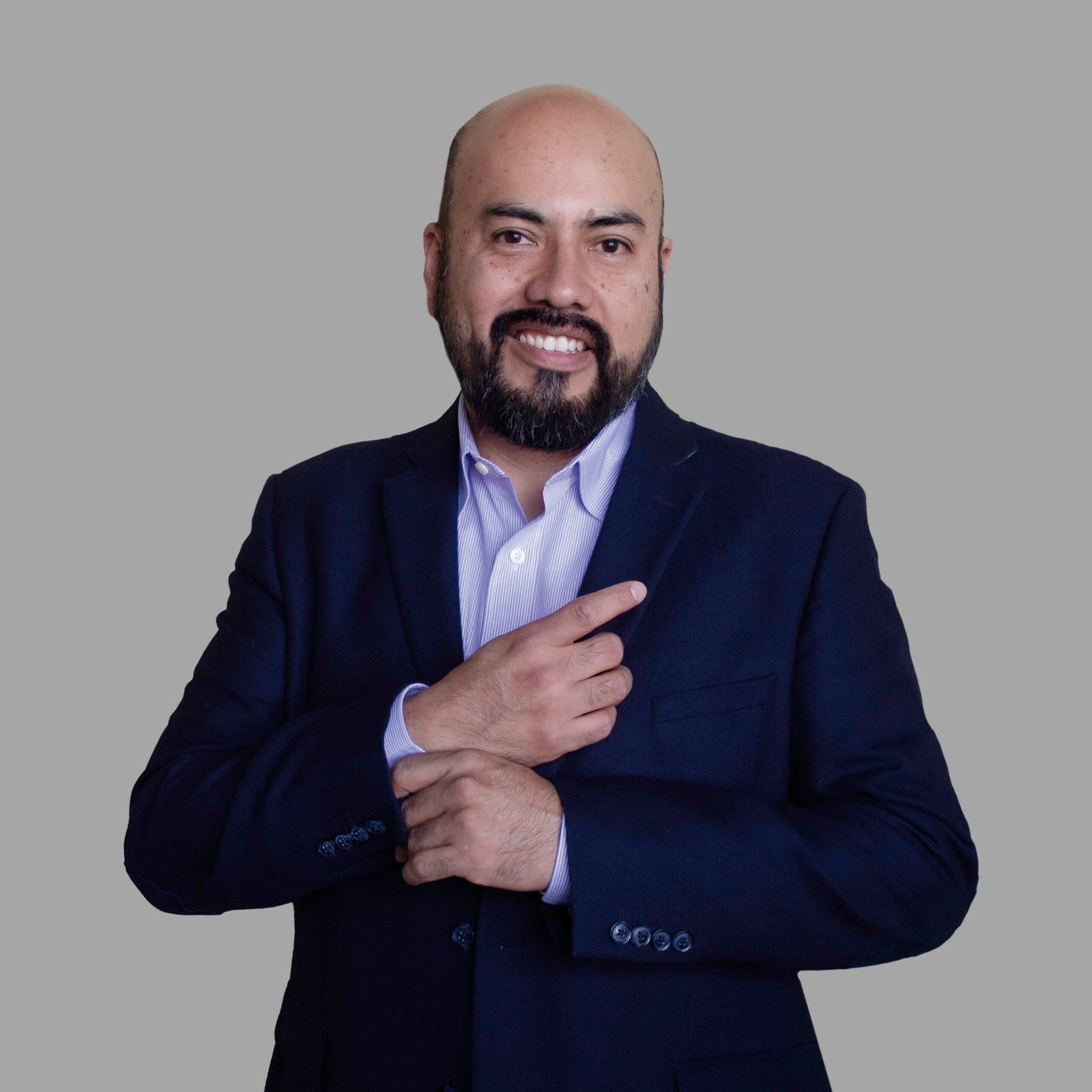Written by: Adolfo Cruz –
At Scio, we have used Scrum to execute software development projects for over 10 years, refining our approach and delivering high-quality solutions through agile methodologies. Scrum has been instrumental in helping us manage projects efficiently, ensuring adaptability, continuous improvement, and alignment with client needs.
As we look toward the next 10 years, we recognize the need for a complementary framework that helps us reinforce our business strategy, scale effectively, and maintain alignment across all teams. This is why we are evaluating the Entrepreneurial Operating System (EOS) as a potential addition to our operational toolkit. EOS offers a structured business framework that can provide clarity in vision, enhance leadership alignment, and drive long-term growth.
What is Scrum?
Scrum is an agile project management framework designed for iterative product development. It helps teams break down complex projects into Sprints (short, time-boxed iterations) and enables continuous improvement through frequent feedback loops.
Key Components of Scrum:
- Roles: Product Owner, Scrum Master, Development Team
- Artifacts: Product Backlog, Sprint Backlog, Increment
- Meetings: Sprint Planning, Daily Standup, Sprint Review, Sprint Retrospective
- Cadence: Iterations of 1-4 weeks (Sprints)
- Goal: Deliver working software efficiently through iterative cycles
What is EOS?
EOS is a business operating system designed to help organizations gain clarity, alignment, and traction in executing their long-term vision. It provides a structured approach to defining a company’s purpose, setting goals, and ensuring accountability across all departments.
Key Components of EOS:
- Vision: Defined in the Vision/Traction Organizer (V/TO)
- People: Right People, Right Seats (People Analyzer)
- Data: Scorecard to track key metrics
- Issues: Identifying and solving business challenges
- Process: Documenting and standardizing key business workflows
- Traction: Quarterly Rocks (90-day goals) and Level 10 Meetings
Why Scio is Considering EOS
While Scrum has been invaluable in managing project execution, we recognize that as we scale our business, we need a structured framework to align our vision, strengthen leadership accountability, and ensure strategic growth. EOS provides a long-term operational structure that complements our agile execution methodology.
1. Aligning EOS Rocks with Scrum Sprints
- EOS Rocks (90-day priorities) can guide high-level business objectives, while Scrum Sprint Goals help break them down into actionable development tasks.
- Leadership sets Rocks at the company level, and Scrum teams translate them into Sprint deliverables.
2. Using Level 10 Meetings for Business Strategy, Daily Standups for Execution
- Scrum Standups focus on immediate project tasks and execution.
- Level 10 Meetings provide leadership with a structured way to track company-wide priorities and resolve high-level business issues.
3. Tracking Progress with EOS Scorecards & Scrum Burndown Charts
- EOS Scorecards will help us measure and track company-wide KPIs.
- Scrum teams will continue using Burndown Charts to measure Sprint progress.
4. Applying EOS People Principles to Scrum Teams
- EOS’s Right People, Right Seats framework will help ensure Scrum teams remain well-structured with the right talent.
- People Analyzer can assist in assessing team alignment with company values and culture.
The Road Ahead for Scio
As we explore the integration of EOS, our goal is not to replace Scrum but to enhance our business execution at a leadership level. Scrum will continue to drive project-level agility, while EOS will provide a long-term strategy to manage growth, accountability, and business alignment.
By integrating EOS at the business level and Scrum at the project level, we believe Scio can achieve even stronger execution, scalability, and alignment—ensuring we remain at the forefront of agile software development while preparing for the future.
We’re excited about this journey and will continue to refine our approach as we implement EOS principles. If you’re also using Scrum and considering EOS, let’s connect and share insights!
